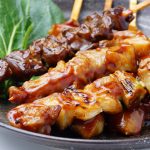"We became who we are thanks to it. Tignanello made us aware of our potential," begins Piero Antinori. "It freed us from the inferiority complex we had for centuries regarding French wines. Tignanello and the wines that followed its example contributed to the renaissance of Tuscan and Italian wine." The occasion for this visit to the Tenuta Tignanello in San Casciano in Val di Pesa marks an important milestone: 50 years since Tignanello first hit the market in 1971, born from "seventy-six thousand six hundred and eighty-two vines of an ancient Chianti vineyard," as still stated on the label designed by Silvio Coppola.
Behind the bottle
The first disruption came with the decision to step outside the Chianti Classico regulations, which required the inclusion of white grapes in the blend. Initially labelled as a vino da tavola (table wine), it was composed solely of Sangiovese with a small percentage of Canaiolo, aged in barriques for 30 months—a major innovation at the time. Its pricing was significantly above the average for Chianti Classico: 2,220 lire, about 300% higher than the denomination’s average.
The project was shaped by the decisive meeting between Piero Antinori, French oenologist Émile Peynaud, and the vision of Giacomo Tachis. In 1975, Cabernet was introduced for the first time, heralding the glorious era of the Super Tuscans. Today, the blend consists of 85% Sangiovese, 10% Cabernet Sauvignon, and 5% Cabernet Franc. The vineyard lies at an altitude of around 400 metres on soils rich in alberese and galestro. In 2021, an additional 20 hectares were acquired on the hill; by February 2024, the final section had been planted, entirely terraced to optimise water resources.
Tignanello: past and present
It’s hard to say if the 2021 Tignanello is the best vintage ever produced. We fondly recall a trio of brilliant vintages (1983, 1988, 2015), as well as some weaker years (2003, 2012, 2017). However, the 2021 will undoubtedly be talked about for decades, and our tastings in Bolgheri and Chianti Classico confirm its exceptional quality. A vintage of richness, maturity, and complexity. The impression from the vertical tasting is that while in 1974 Tignanello set the standard, 50 years later it is redefining itself to align with contemporary preferences for lighter, more drinkable wines.
The tastings
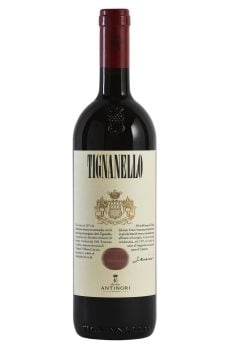
96/100
Tignanello 2021
A regal profile: serious, composed, mature. Aromas range from cherry to nutmeg, cumin, and juniper. On the palate, it is silky, with sublime tannins combining structure, flesh, and acidity in rare harmony. It offers velvety and indulgent notes, with a continuous, extended finish. The ripeness is enchanting.
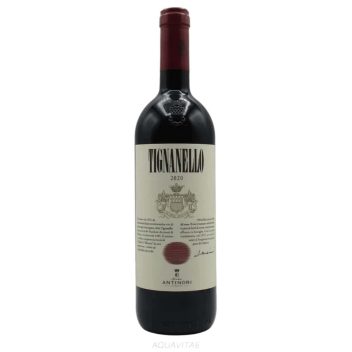
93/100
Tignanello 202o
In the glass, the aromas are still finding their balance: liquorice, almond milk, and sour cherry. The palate is a different story, with a wide range of fresh balsamic and floral sensations, including violet and undergrowth. It has a Chianti character in its airy and subtly earthy nature; the finish is dry and nervy.

91/100
Tignanello 2013
The lightest colour of the tasting lineup. Aromas of resin, pine needles, and raspberries. On the palate, it lacks amplitude due to slightly dried tannins and a finish of powdered coffee, carob, and cocoa. Warm, juicy but somewhat constrained, with oak still needing to fully integrate.
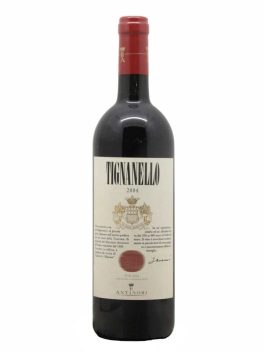
95/100
Tignanello 2004
A Tignanello that highlights its firmer aspects with class and excellent aromatic definition. The vegetative cycle was extended due to an April frost, delaying the harvest by 20 days. Dark notes of black pepper, liquorice, and wilted violet dominate. The palate is compact, with tightly woven tannins that are well-extracted; the finish is austere, long, and precise.
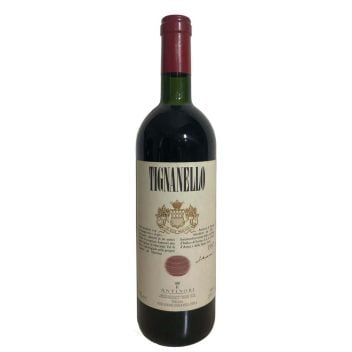
91/100
Tignanello 1997
The aromatic profile remains restrained, with an almost timid start of cherry in spirit and cinnamon. The palate is youthful and compact, delivering intense but not entirely open flavours. The finish is slightly bitter, with oak tannins that feel oversized relative to the wine’s body. It has another 20 years of life ahead.
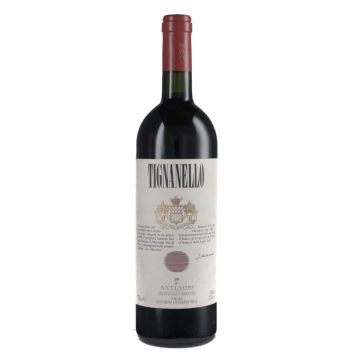
96/100
Tignanello 1983
A shift in tone. The balance here is masterful, making it a complete wine combining richness and drinkability with innate elegance. Aromas of hazelnut, blackcurrant, and black olives. The palate is creamy and full, with a lively acidic touch reminiscent of sour cherries (ciliegie di Vignola), energised by persistent savouriness. A long, deep finish.
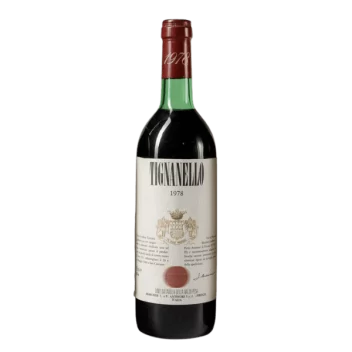
90/100
Tignanello 1978
Intense herbal notes, leather, tar, and mint. The palate is lean and skeletal, focused on a vertical structure that remains fresh and vibrant, with slightly green tannins lending a taut grip to an otherwise lively and energetic wine. The finish recalls Lapsang tea, with a strong balsamic and smoky character. Minimal flesh, but nervy and flavourful.

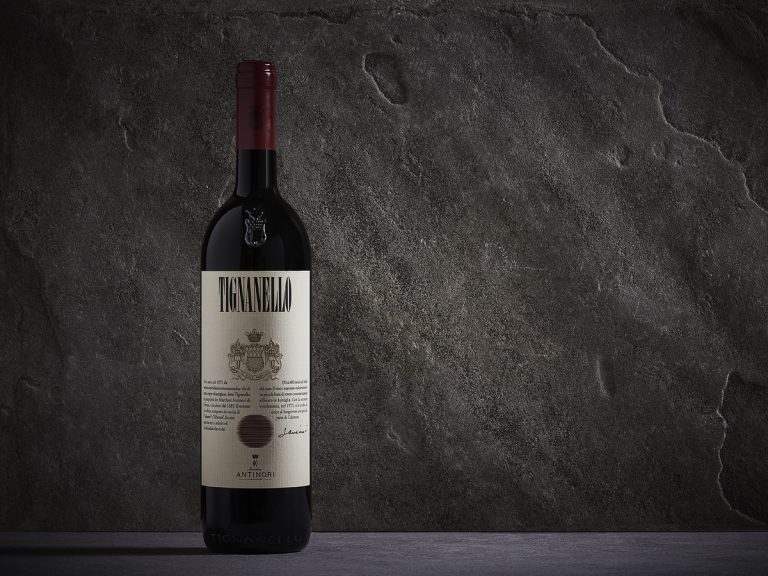
 US tariffs: here are the Italian wines most at risk, from Pinot Grigio to Chianti Classico
US tariffs: here are the Italian wines most at risk, from Pinot Grigio to Chianti Classico "With U.S. tariffs, buffalo mozzarella will cost almost double. We're ruined." The outburst of an Italian chef in Miami
"With U.S. tariffs, buffalo mozzarella will cost almost double. We're ruined." The outburst of an Italian chef in Miami "With US tariffs, extremely high risk for Italian wine: strike deals with buyers immediately to absorb extra costs." UIV’s proposal
"With US tariffs, extremely high risk for Italian wine: strike deals with buyers immediately to absorb extra costs." UIV’s proposal Meloni: "Tariffs? If necessary, there will be consequences. Heavy impact on agri-food sector"
Meloni: "Tariffs? If necessary, there will be consequences. Heavy impact on agri-food sector" The Government honours the greats of Italian cuisine, from Bottura to Pepe. Massari: "Thank you, Meloni, the only one who listened to us"
The Government honours the greats of Italian cuisine, from Bottura to Pepe. Massari: "Thank you, Meloni, the only one who listened to us"